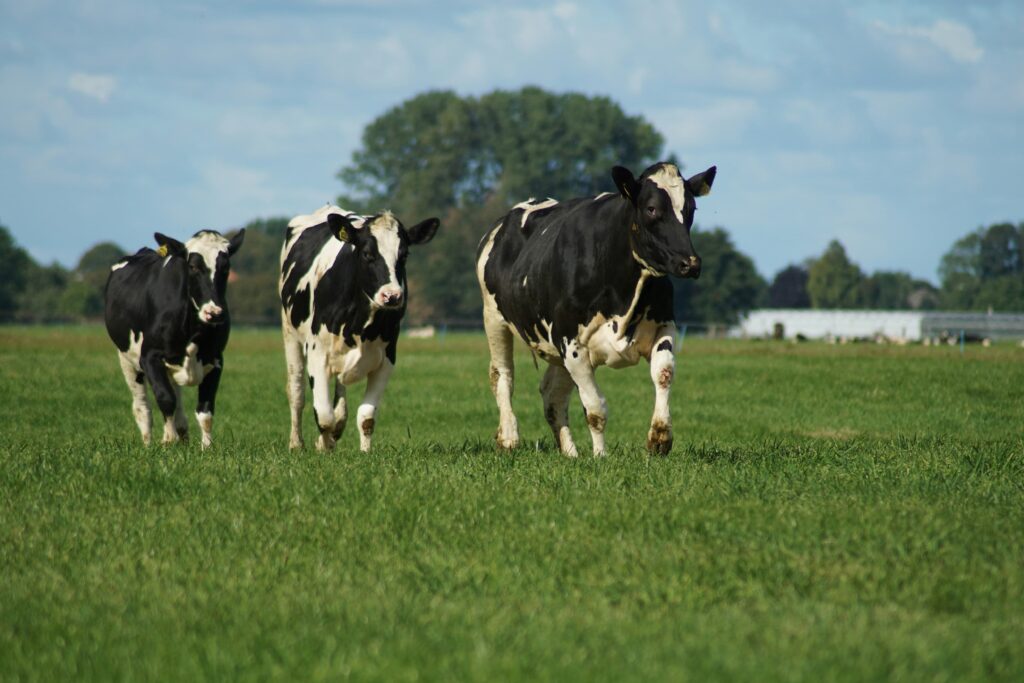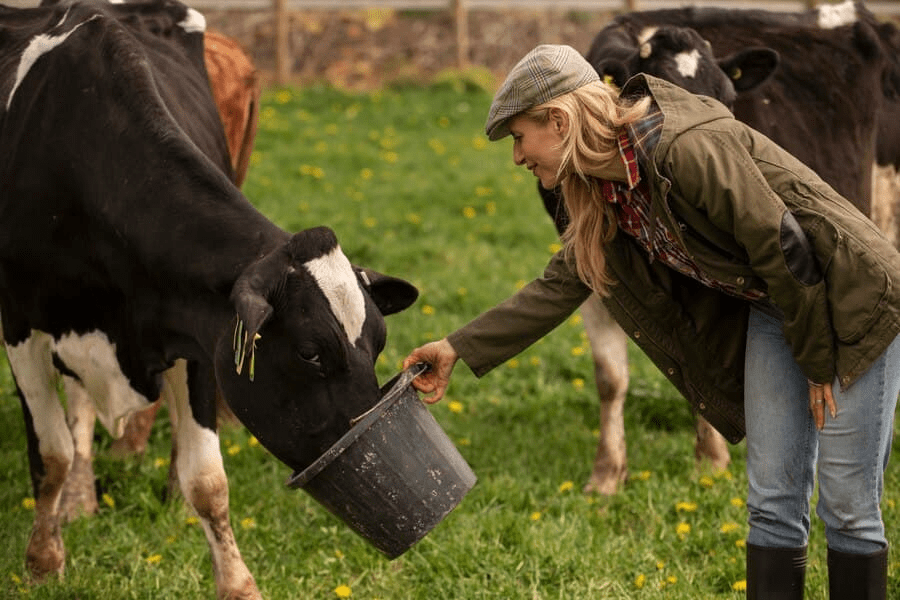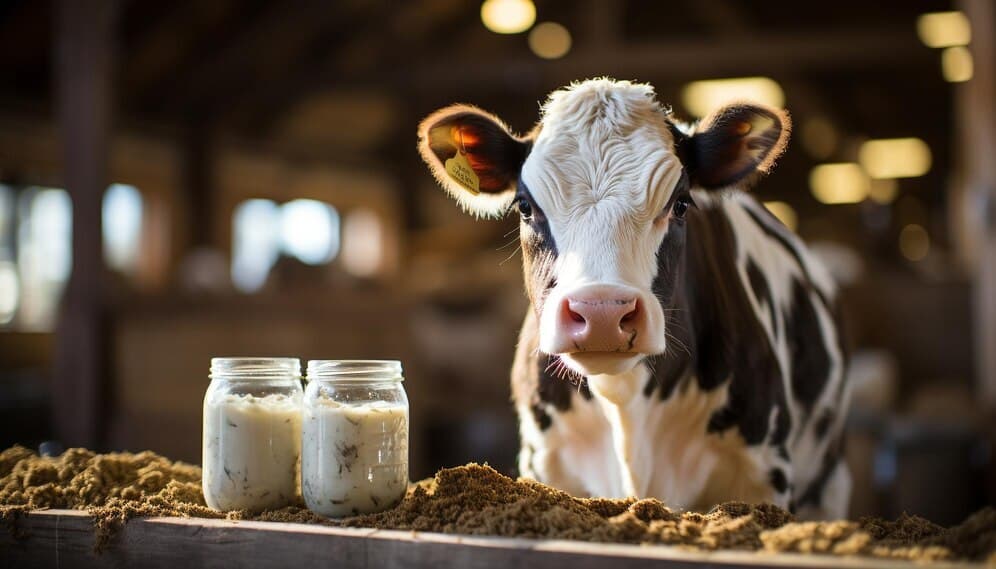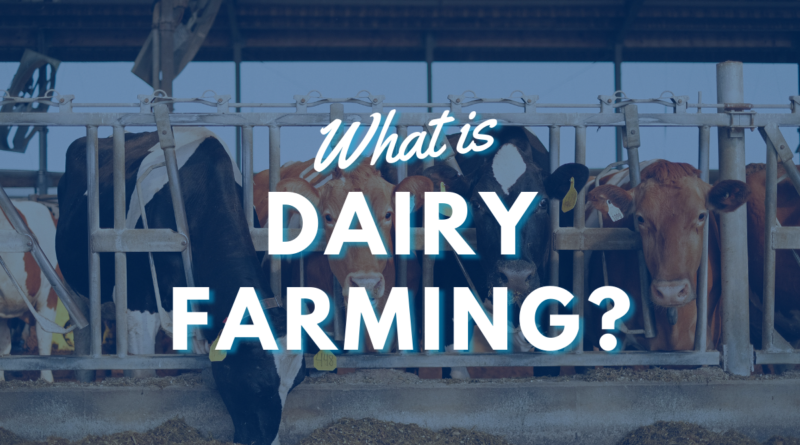What is Dairy Farming?
Dairy farming is an essential part of the agriculture sector, as dairy farming involves milk production and various dairy products. This blog includes the Basics of Dairy Farming, a Dairy farmer’s life, The Effects of Dairy Farming.

Basics of Dairy Farming:
As the basics of dairy farming it involves managing health, welfare and output of milk to obtain high-quality milk production for the sales of dairy products.
Dairy farmers raise cows for milk production by providing them with proper nutrition and care that includes good animal health, regular animal check-ups, milking parlour hygiene.

Moreover, dairy farming has evolved over the years and adopted the changes. It started from manual milking and has since progressed to automated systems.
Dairy farming is one of the oldest forms of agriculture, offering milk and its by-products as an essential source of nourishment.
A Dairy Farmer’s Life
Being a dairy farmer is a tough but rewarding job that calls for dedication, hard labour, and a strong commitment to sustainable techniques and animal care.

Dairy farming has undergone a technological revolution, with tasks becoming more efficient and farmers receiving important data to help them make better decisions.
Farm management techniques have changed due to technologies such as centralized dashboards for data analysis, calving warnings, and Milking Parlours with Monitoring Systems
These devices improve animal welfare by lowering expenses and increasing efficiency by sending out real-time notifications for necessary actions.
They increase total farm productivity by giving farmers greater freedom in how they allocate their time and resources.
The Effects of Dairy Farming
The process of producing milk and other dairy products from animals – mainly dairy cows – is known as dairy farming. It entails growing cows for milk production and giving them a healthy diet, shed, and medical attention.

Significant environmental effects of dairy production include soil erosion, greenhouse gas emissions, water and air pollution, and biodiversity loss.
Dairy production raises additional concerns about animal welfare because of mastitis, lameness, and infertility among cows.
The dairy sector is accountable for 2.9% of overall greenhouse gas emissions caused by human activity. Global livestock emissions, which account for more greenhouse gas emissions than any other source in the food sector, are a result of dairy production.
Conclusion
Dairy farming is not just a profession, but it is a way of life is rooted in tradition yet innovation.

Let us honour the farmers who devote their life to this essential industry and acknowledge the role of dairy farming that plays a role in providing our bodies nutrition, strengthening our communities, and influencing the future of agriculture.
FAQ’s
1.What does Dairy Farming Include?
Dairy farming includes management of animals like cows, buffaloes, goats, and donkeys to produce milk for human consumption. It includes various dairy production like butter, cheese, yogurt and creams. Techniques like milking pipelines, milking parlours and automatic milkers are commonly used.
2.What is done on a Dairy Farm?
Usually on a dairy farming, early morning tasks include morning milking, sterilizing the equipment, monitoring and feeding of the cows, automated milking and also animal care such as health check ups.
3.Is Dairy Farming easy?
Dairy farming involves hard work, long hours and dedication. Farmers must clean cows, milk cows, clean equipment, feed and monitor animal and handle various tasks daily.

